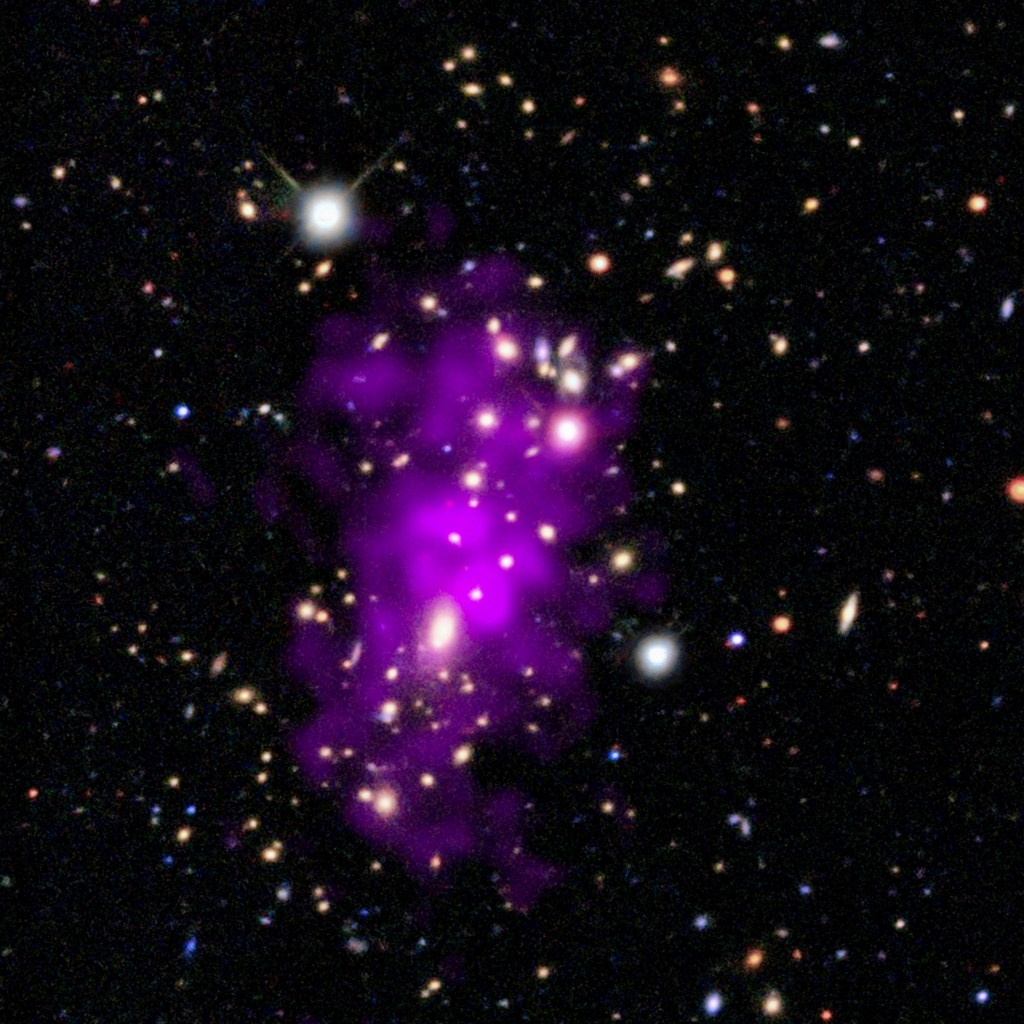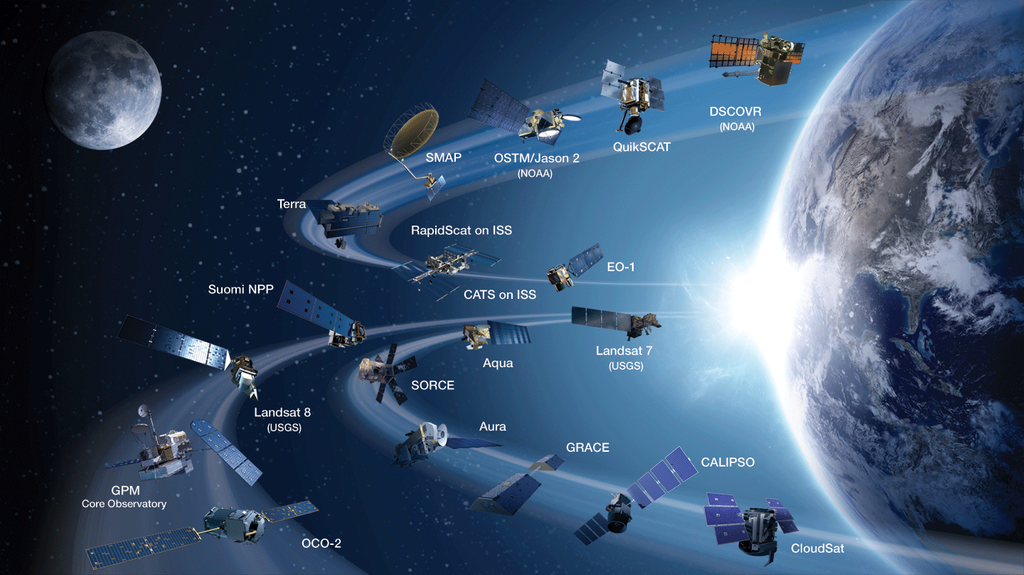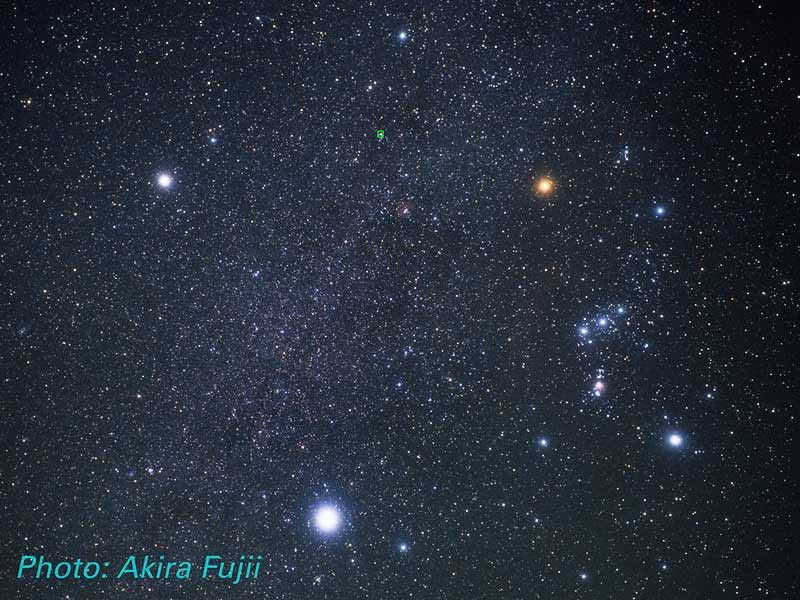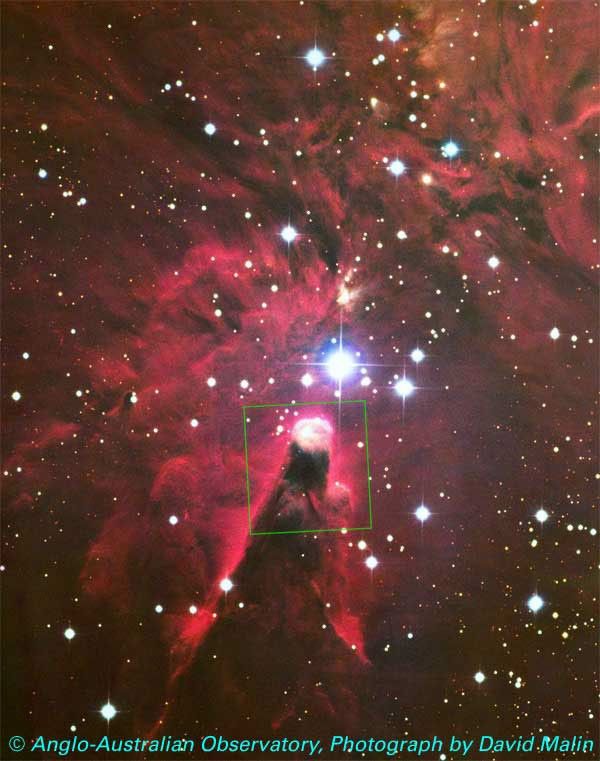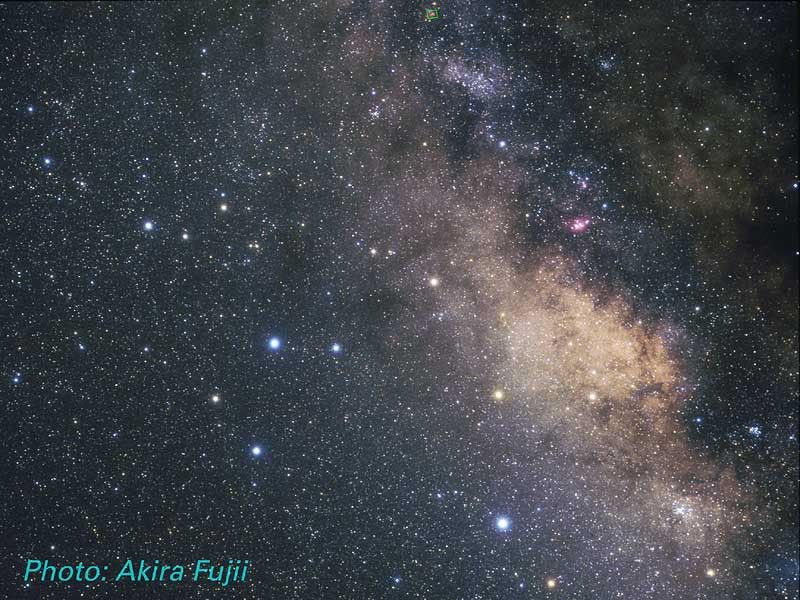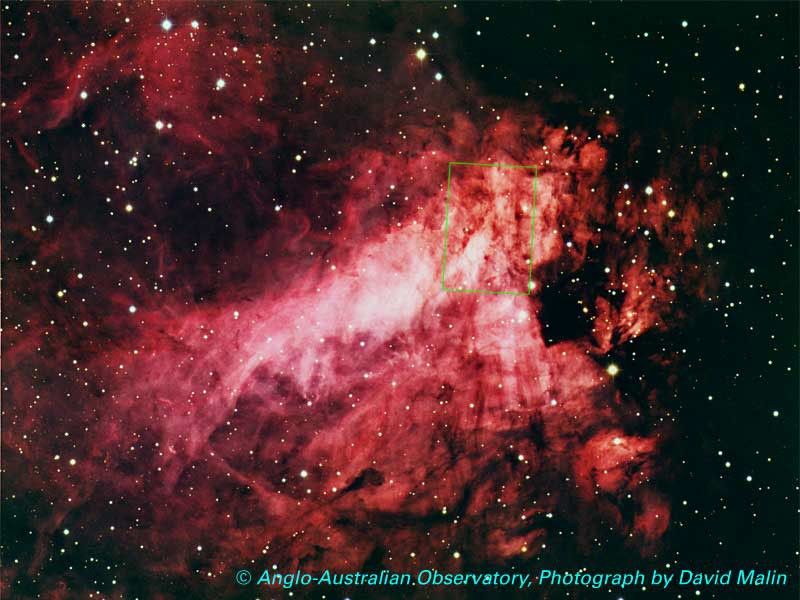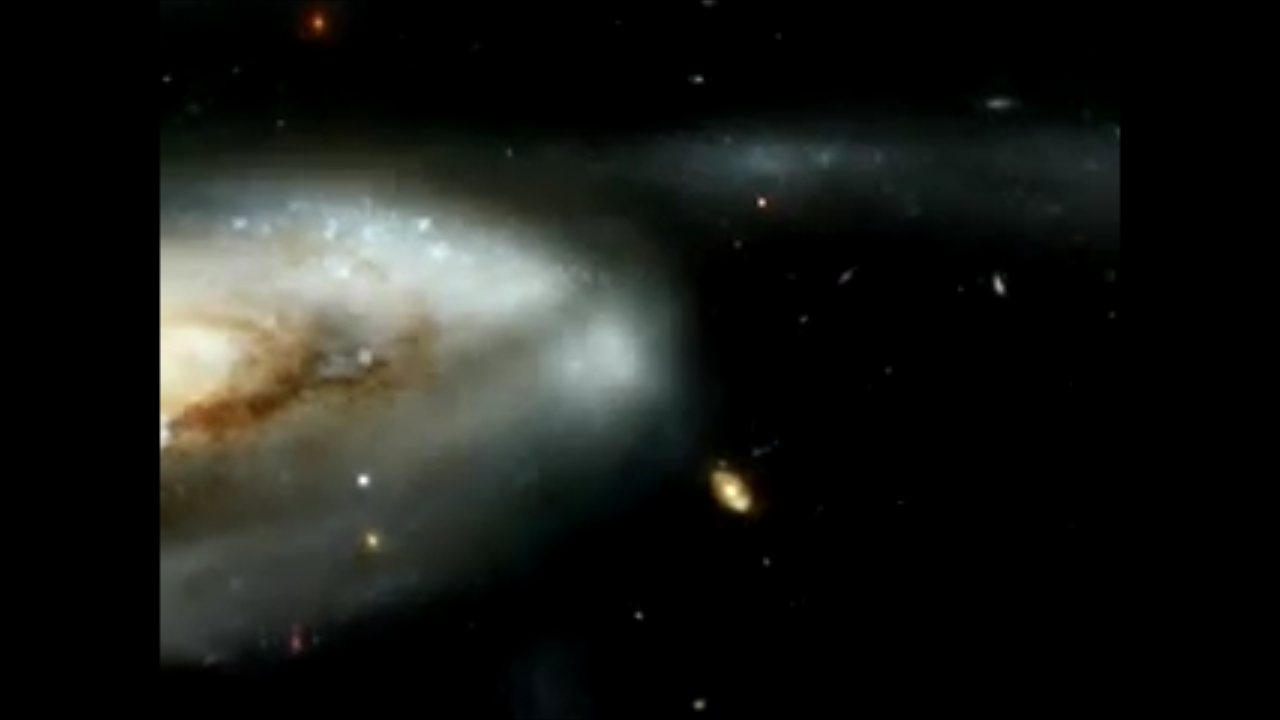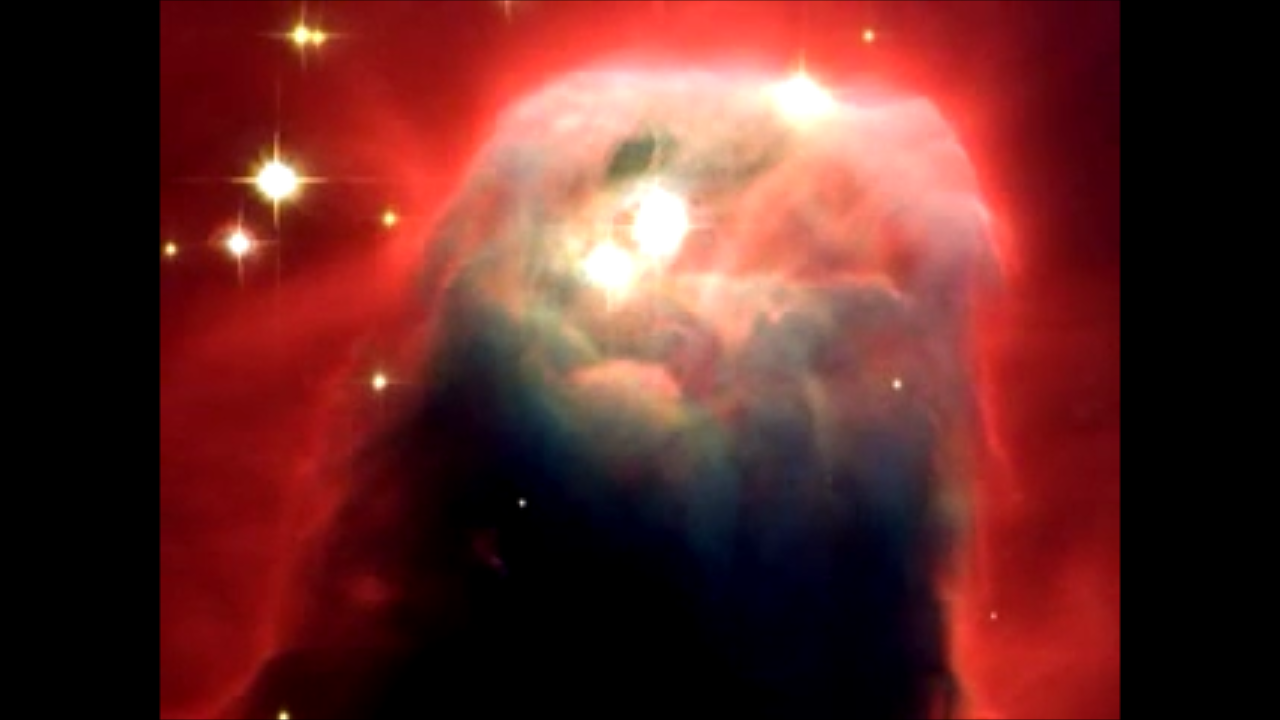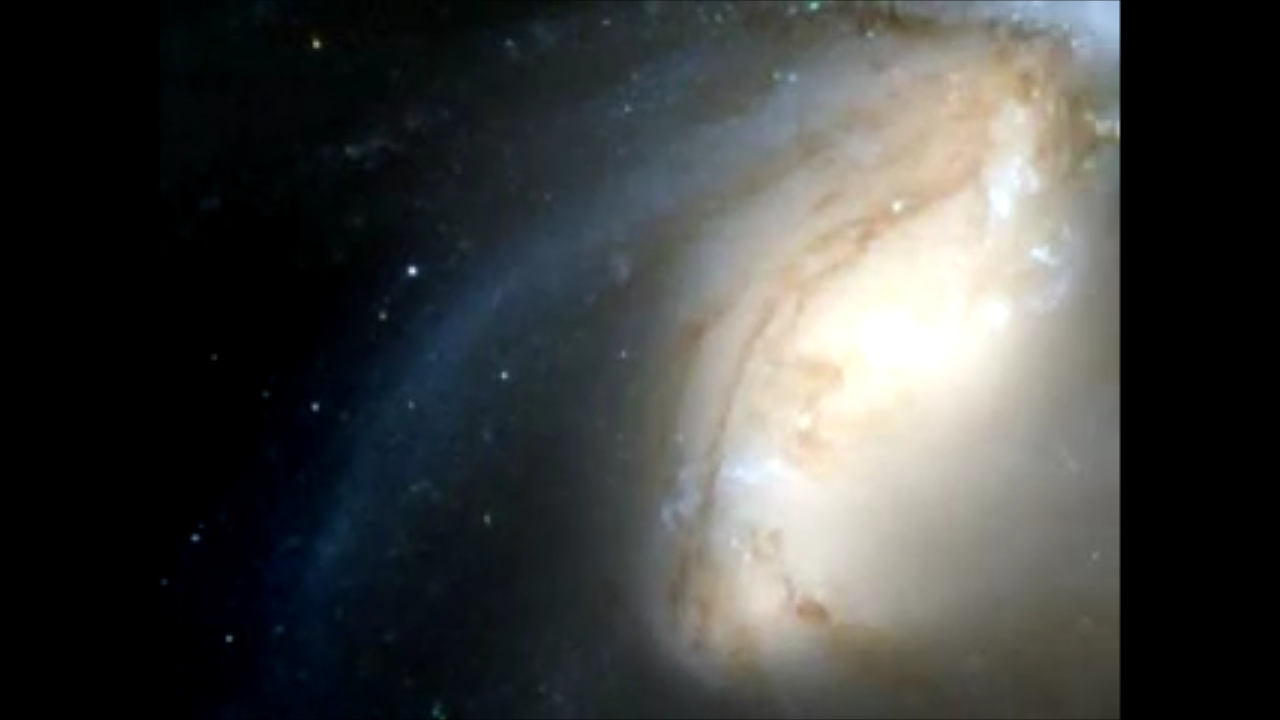1 min read
ACS ERO Collage
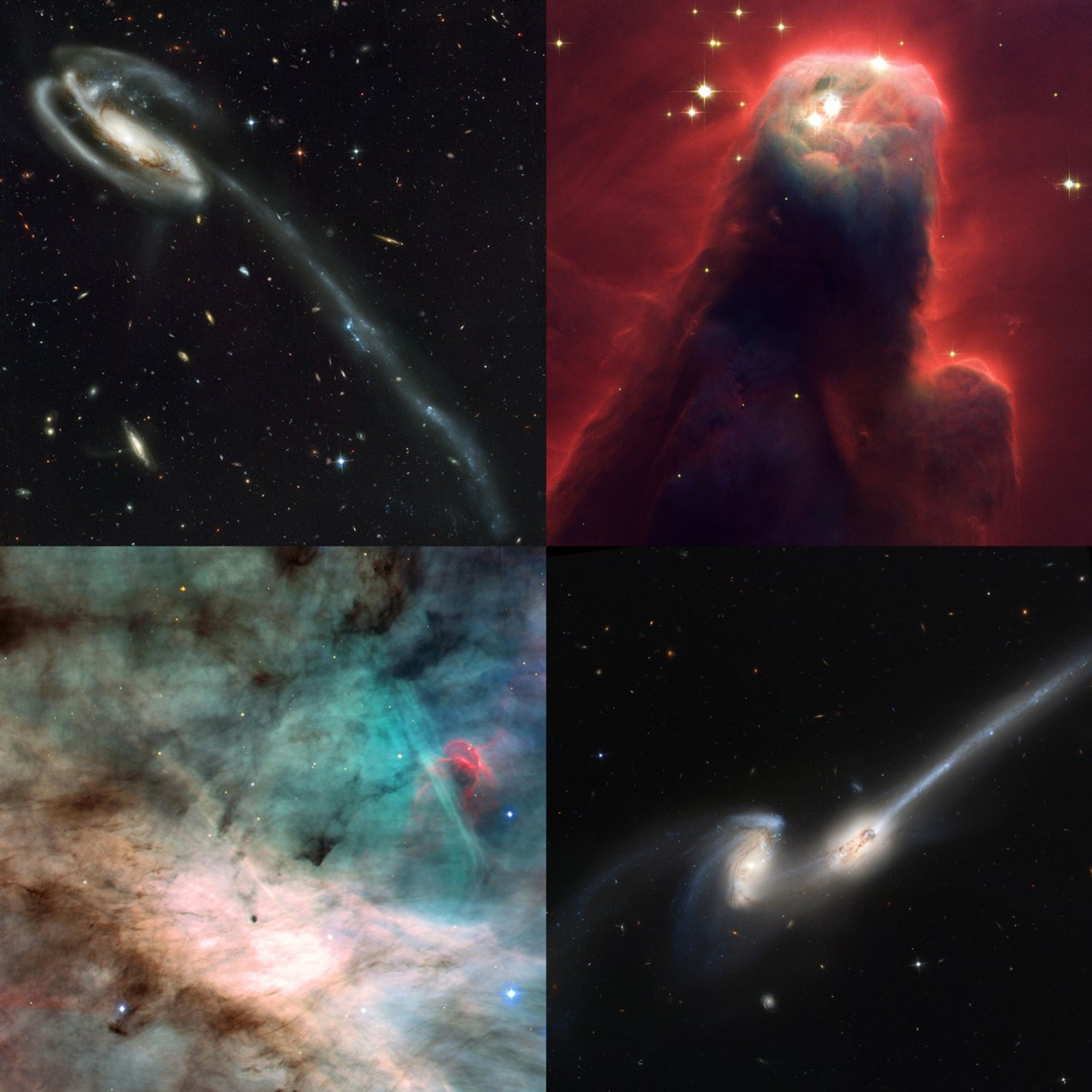
About the Data
- Data DescriptionData DescriptionProposal: A description of the observations, their scientific justification, and the links to the data available in the science archive.
Science Team: The astronomers who planned the observations and analyzed the data. "PI" refers to the Principal Investigator.Principal Astronomers: NASA and the ACS Science Team (H. Ford, G. Illingworth, M. Clampin, G. Hartig, T. Allen, K. Anderson, F. Bartko, N. Benitez, J. Blakeslee, R. Bouwens, T. Broadhurst, R. Brown, C. Burrows, . Campbell, E. Cheng, N. Cross, P. Feldman, M. Franx, D. Golimowski, C. Gronwall, R. Kimble, J. Krist, M. Lesser, D. Magee, A. Martel, W. J. McCann, G. Meurer, G. Miley, M. Postman, P. Rosati, M. Sirianni, W. Sparks, P. Sullivan, H. Tran, Z. Tsvetanov, R. White, and R. Woodruff) - InstrumentInstrumentThe science instrument used to produce the data.HST>ACS/WFC
- Exposure DatesExposure DatesThe date(s) that the telescope made its observations and the total exposure time.April 1 and 9, 2002 (Tadpole), April 2, 2002 (Cone), April 1 - 2, 2002 (Omega), and April 7, 2002 (Mice)
- FiltersFiltersThe camera filters that were used in the science observations.Tadpole image: F475W (g), F606W (V), F814 (I)Cone image: F475W (g), F606W (V), F814 (I)Omega image: F435W (B), F502N ([O III]), F658N (H-alpha), F814W (I)Mice image: F475W (g), F606W (VB), F814 (I)
- Object NameObject NameA name or catalog number that astronomers use to identify an astronomical object.Tadpole Galaxy, Cone Nebula Mice, M17, and Mice
- Release DateApril 30, 2002
- Science ReleaseHubble’s New Camera Delivers Breathtaking Views of the Universe
- CreditNASA, H. Ford (JHU), G. Illingworth (UCSC/LO), M.Clampin (STScI), G. Hartig (STScI), the ACS Science Team, and ESA; The ACS Science Team: H. Ford, G. Illingworth, M. Clampin, G. Hartig, T. Allen, K. Anderson, F. Bartko, N. Benitez, J. Blakeslee, R. Bouwens, T. Broadhurst, R. Brown, C. Burrows, D. Campbell, E. Cheng, N. Cross, P. Feldman, M. Franx, D. Golimowski, C. Gronwall, R. Kimble, J. Krist, M. Lesser, D. Magee, A. Martel, W. J. McCann, G. Meurer, G. Miley, M. Postman, P. Rosati, M. Sirianni, W. Sparks, P. Sullivan, H. Tran, Z. Tsvetanov, R. White, and R. Woodruff
Related Images & Videos

The Tadpole Galaxy: Distorted Victim of Cosmic Collision
Against a stunning backdrop of thousands of galaxies, this odd-looking galaxy with the long streamer of stars appears to be racing through space, like a runaway pinwheel firework. This picture of the galaxy UGC 10214 was taken by the Advanced Camera for Surveys (ACS), which was...

Cone Nebula (NGC 2264): Star-Forming Pillar of Gas and Dust
Resembling a nightmarish beast rearing its head from a crimson sea, this monstrous object is actually an innocuous pillar of gas and dust. Called the Cone Nebula (NGC 2264) - so named because, in ground-based images, it has a conical shape - this giant pillar resides in a...

The Omega Nebula: Hotbed of Star Formation
A watercolor fantasyland? No. It's actually an image of the center of the Omega Nebula, a hotbed of newly born stars wrapped in colorful blankets of glowing gas and cradled in an enormous cold, dark hydrogen cloud. This stunning picture was taken by the newly installed Advanced...

The Mice (NGC 4676): Colliding Galaxies With Tails of Stars and Gas
The Advanced Camera for Surveys (ACS), the newest camera on NASA's Hubble Space Telescope, has captured a spectacular pair of galaxies engaged in a celestial dance of cat and mouse or, in this case, mouse and mouse. Located 300 million light-years away in the constellation Coma...
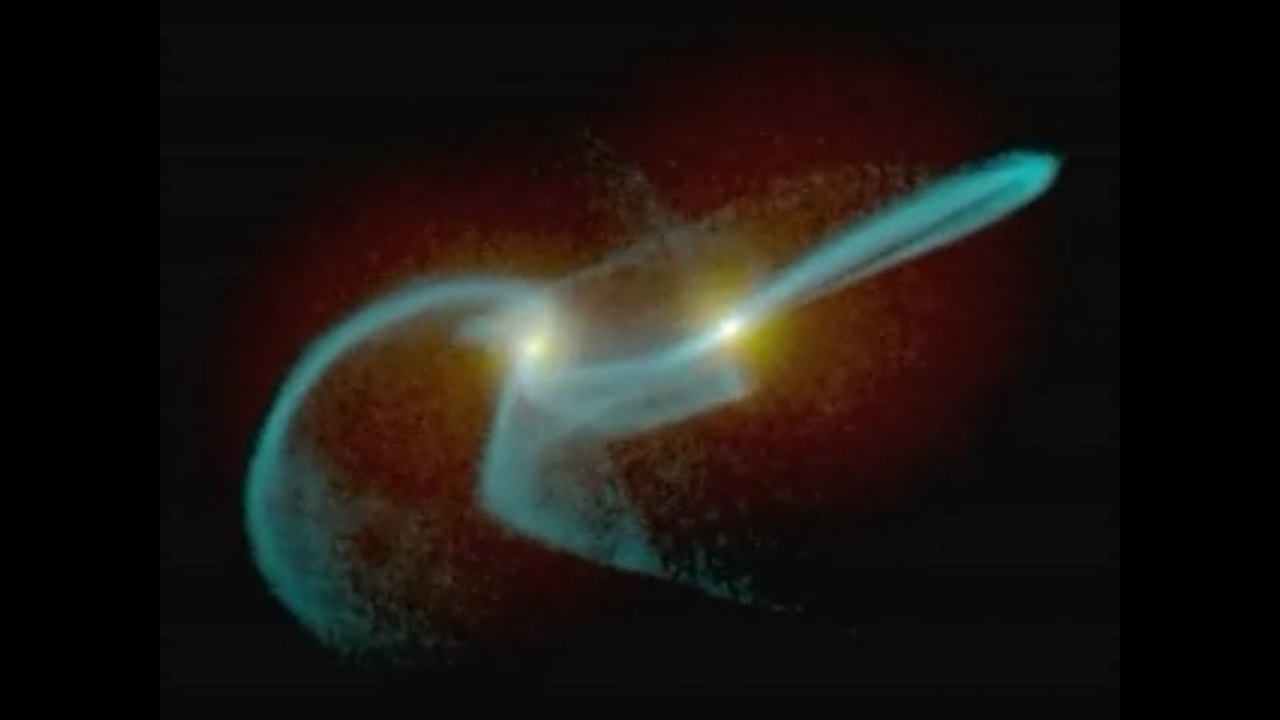
"The Mice:" A Computer Simulation of Colliding Galaxies
Simulation of the formation of the galaxy known as "The Mice." The simulation depicts the merger of two spiral galaxies, pausing and rotating at the stage resembling the Hubble Space Telescope Advanced Camera for Surveys image of "The Mice," dissolving to that image, and...
Share
Details
Claire Andreoli
NASA’s Goddard Space Flight Center
Greenbelt, Maryland
claire.andreoli@nasa.gov




